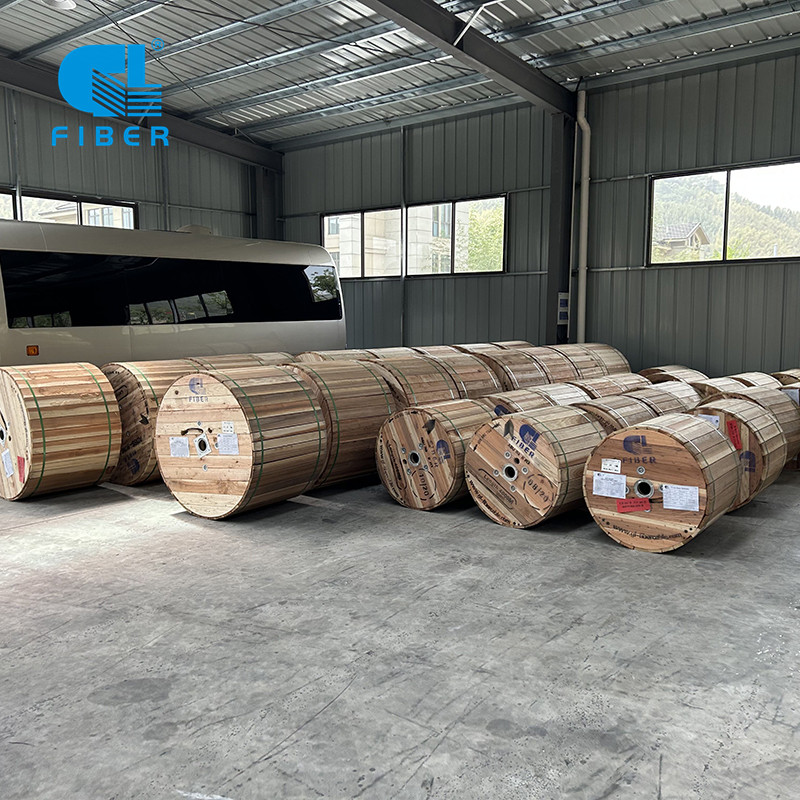In recent months, telecom companies have been facing a new challenge in their efforts to expand and improve their networks: rising prices for ADSS (All-Dielectric Self-Supporting) cables. These cables, which are essential for supporting and protecting fiber optic cables, have seen a sharp increase in price due to a combination of factors, including the ongoing pandemic-related supply chain disruptions and increased demand for fiber optic cables.
As a result, many telecom companies are now actively seeking alternative suppliers for their ADSS cables. Some are turning to overseas manufacturers, while others are exploring new types of cables that could provide similar benefits at a lower cost.
"We are definitely feeling the impact of the rising prices," said a spokesperson for a major telecom company. "ADSS cables are an essential part of our network infrastructure, but the recent price increases have made it difficult for us to justify the expense."
The search for alternative suppliers is not without its challenges. Many telecom companies have long-standing relationships with their current suppliers and may be reluctant to switch to a new provider. In addition, some companies may be wary of working with overseas suppliers due to concerns about quality control and supply chain risks.
Despite these challenges, however, telecom companies are determined to find a solution to the rising ADSS cable prices. For many, the stakes are simply too high to ignore. With demand for high-speed internet and other telecommunications services continuing to grow, companies must find a way to expand and improve their networks while keeping costs under control.
As the search for alternative suppliers continues, telecom companies are also exploring other ways to address the rising costs of network infrastructure. Some are investing in new technologies that could reduce the need for cables altogether, such as wireless networks and satellite-based communications systems.
Whatever solutions emerge, it is clear that telecom companies are facing a complex and rapidly evolving landscape when it comes to network infrastructure. As they navigate this landscape, they will need to stay nimble and innovative in order to stay ahead of the curve and meet the ever-increasing demands of their customers.


